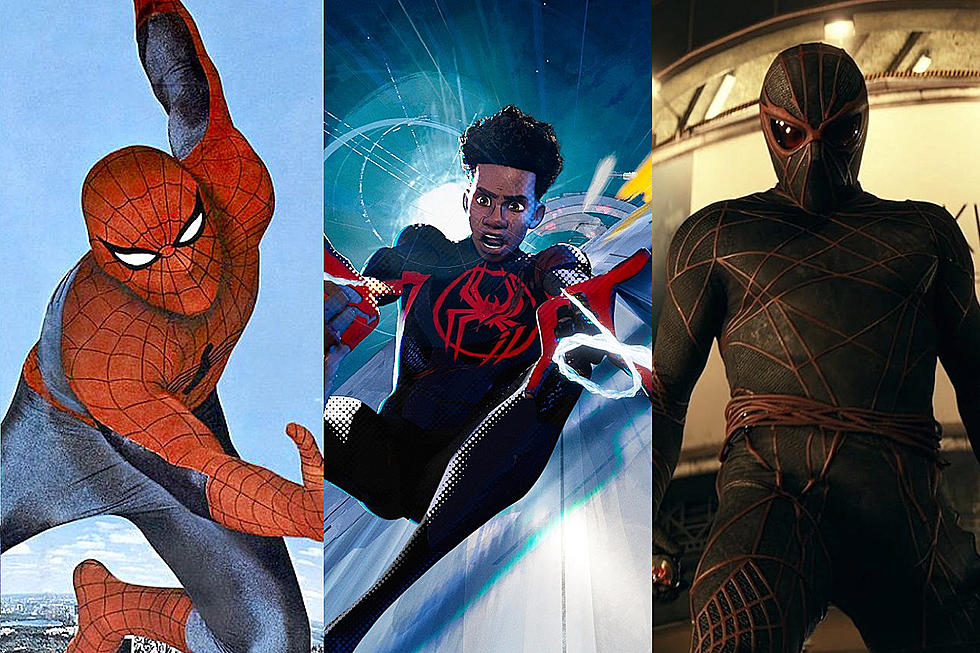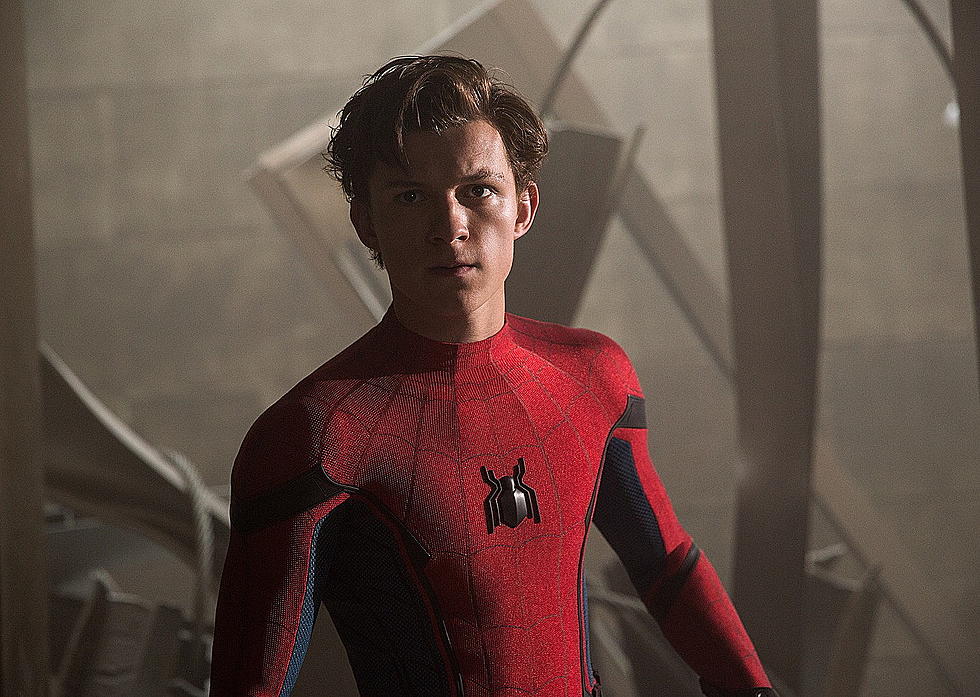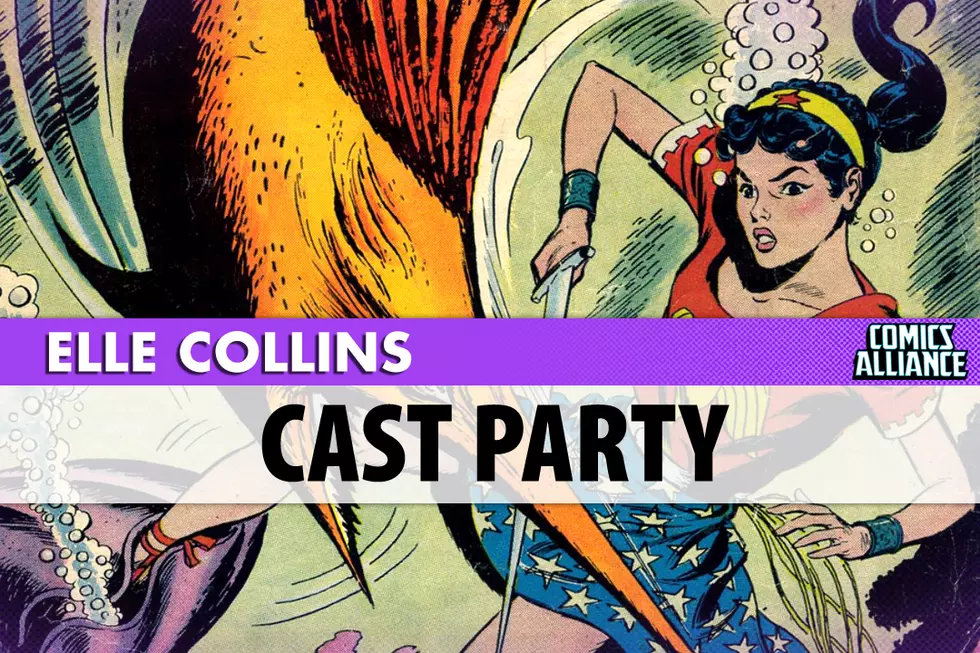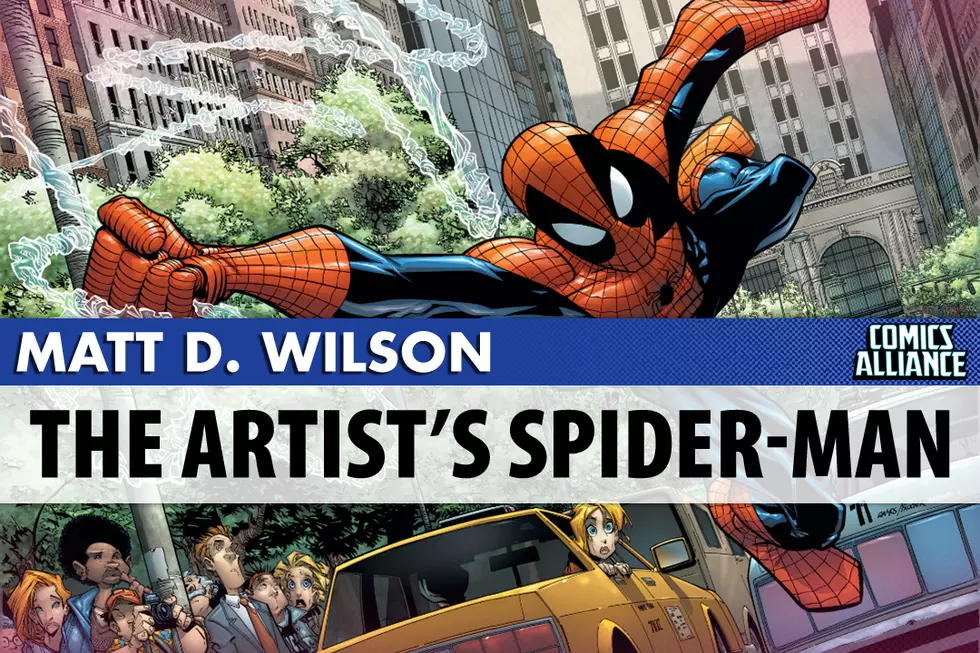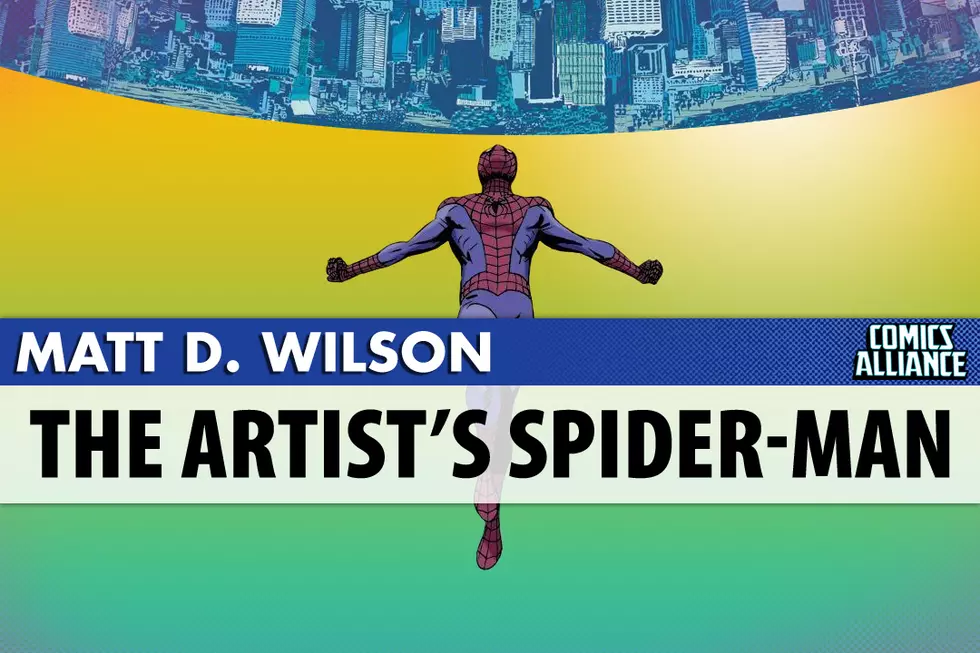
The Artist’s Spider-Man: Ross Andru’s Kinetic Consistency
Ross Andru didn't draw the most iconic Spider-Man story of the 1970s --- Gil Kane was the artist of 1973's "The Night Gwen Stacy Died" --- but in his five-year run as artist on The Amazing Spider-Man from 1973 to 1978, Andru served as an artistic foundation during a time when Marvel lost some footing with its flagship character.
In addition to co-creating The Punisher, Andru (born Rossolav Andruskevitch) brought many of the (admittedly uneven) ideas of the era to life in a way that has enabled many of the characters and concepts to endure, if even only as punchlines. Say what you will about Rocket Racer and Big Wheel --- two of Andru's other co-creations --- but you know them when you see them.
Andru never really reached the level of superstar artist during his tenure. For most of his run, other artists --- namely, Kane and John Romita Sr. --- drew covers while Andru handled interior art. Yet his collaborators found him invaluable. In an interview with Back Issue, writer Gerry Conway said this of Andru's abilities:
Ross Andru could place a character anywhere he wanted. He had a terrific sense of spatial relations; he could track a battle easily across rooftops, from panel to panel. He drew some great sequences where he maintained the same stationary background, a rooftop or a street, across an entire page, but move the characters from panel to panel. I know there are artists today who do that, but many of today's artists are figure-oriented. Space and context doesn't seem as important to them, whereas it was extremely important to Ross. He used to go around New York City taking pictures of the buildings so he could be accurate about where he put Spider-Man.
Andru's depictions of Spider-Man synthesized the styles of Romita and Steve Ditko. He was still muscular like Romita's Spidey, but also had a litheness to him reminiscent of Ditko's skinnier version. He contorted into strange positions like Ditko's Spider-Man, but Peter Parker remained Romita handsome. And perhaps beyond even what his predecessors pulled off, Andru conveyed movement and action. His Spider-Man bounced around the page.
Andru also had a real eye for comedy. In case you were wondering, yes, he did design the Spider-Mobile, and while it's considered one of the low points in Spidey history, it was more or less played for laughs from the get-go. The notion that Spider-Man had this goofy, toyetic car was supposed to be an on-its-face silly notion. That's partially evident from Conway's dialogue, but it's confirmed again and again in Andru's art.
Much like Romita had an aptitude for mixing superhero action and romance, Andru could switch gears from the gritty seriousness of a Punisher or Tarantula story to the first appearance of former pro wrestler-turned revenge-seeking criminal The Grizzly. Spider-Man was always a wisecracking character, but it was under Andru that the stories themselves began aiming for a comedic tone (not that there weren't a few funny stories in the Stan Lee era, too). One might attribute that to Andru's previous stint at DC comics working chiefly on Metal Men (which he co-created).
Speaking of DC, Andru was also notable for penciling the first Marvel/DC superhero crossover, 1976's Superman vs. The Amazing Spider-Man.
Andru and writer Conway were two of only a handful of creators who had worked on both characters, and thus pulled it together (with some help from Neal Adams, who redrew some Superman figures, and Romita, who helped with some Marvel character faces). The book paved the way for the numerous company crossovers that would occur over the next 30 years.
The 1970s were a weird time for Spider-Man. After a decade of immense popularity, writers were beginning to try anything to find a formula for continued success. For years, Ross Andru was there to do whatever he could to make those ideas work. Without him, who knows what would have happened.
More From ComicsAlliance
